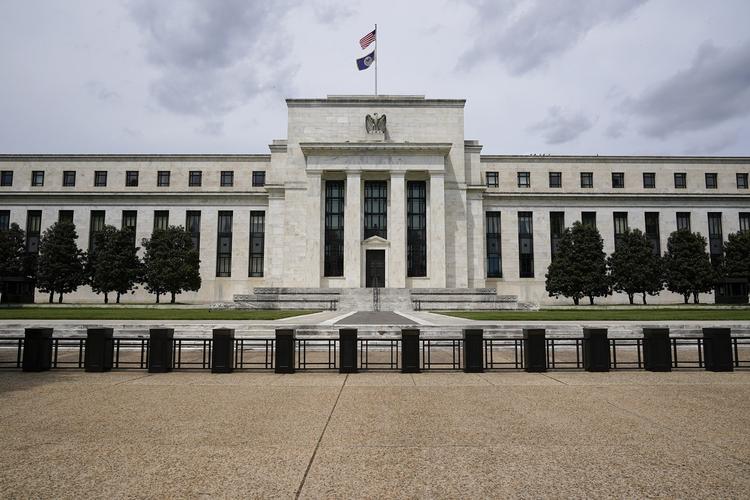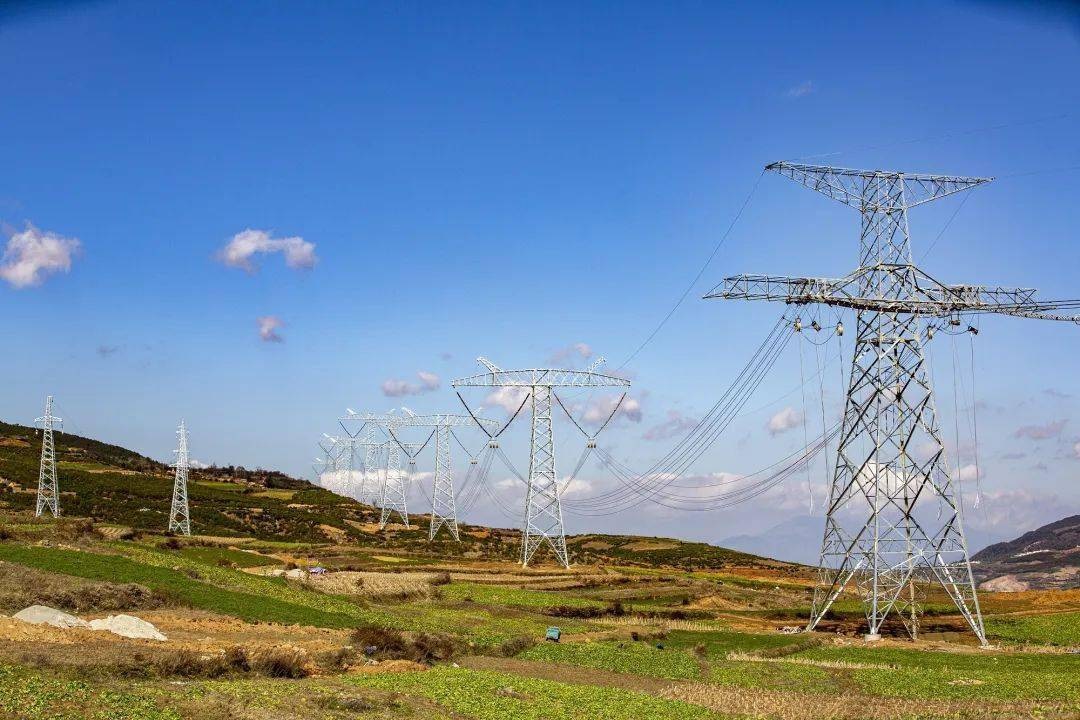
On the chessboard of the global economy, the direction of the US economy has always attracted much attention. Recently, a statement made by Musa Lyme, the president of the Federal Reserve Bank of St. Louis in the United States, was like a huge rock thrown into a calm lake, causing a thousand waves. This has once again brought the complex entanglement between tariff and interest rate policies in the US economy into the spotlight and has also sparked in-depth thinking among all sectors about the future trend of the US economy.
Since the implementation of Trump's tariff policy, it has been like installing a complex "perturbator" for the US economy. From both theoretical and practical data perspectives, it is almost certain that tariff policies will push up inflation in the short term. On the one hand, raising tariffs on imported goods directly increases the import costs of enterprises. Take the manufacturing industry in the United States as an example. Many enterprises rely on imported raw materials and components. The increase in tariffs has led to a significant rise in production costs. These additional costs cannot be fully absorbed internally by enterprises and will inevitably be passed on to consumers by raising product prices, thereby driving up overall prices. On the other hand, trade frictions triggered by tariff policies have undermined the original global supply chain system. In order to find alternative suppliers, American enterprises have to spend more time and money. This not only reduces production efficiency but also further increases costs, indirectly boosting inflation.
Economic uncertainty, under the continuous effect of tariff policies, has been growing like a snowball. When formulating production, investment and recruitment plans, enterprises need a stable policy environment and predictable market prospects. However, Trump's capricious tariff policy, where taxes are raised today and possibly adjusted through negotiation tomorrow, leaves enterprises at a loss. Enterprises can only adopt conservative strategies, cut investment budgets and delay recruitment plans. This cautious attitude can be seen from the data that the number of ADP jobs added in the United States in May was only 37,000, which was far lower than market expectations. This not only reflects enterprises' concerns about the future economy, but also indicates that the weakness of the job market may further drag down economic growth.
In this situation, expectations of the Federal Reserve cutting interest rates have cooled down. The main responsibility of the Federal Reserve is to maintain price stability and promote full employment, and interest rate cuts are one of the important means for it to regulate the economy. However, Trump's tariff policy disrupted the rhythm of the Federal Reserve. If interest rates are cut rashly before September, although it can stimulate the economy to a certain extent, reduce the financing costs of enterprises, and promote investment and consumption, it may also lead to further runaway inflation. Because interest rate cuts will increase the money supply in the market, against the backdrop of already high inflation, more money chasing relatively fewer goods and services will inevitably make the upward pressure on prices greater. So, only when the uncertainties of trade and fiscal policies dissipate in July can the Federal Reserve prepare for a rate cut in September. This also shows the caution and dilemma of the Federal Reserve when formulating monetary policy.
The US economy is currently at a crucial crossroads. From the perspective of consumption, the rise in inflation has weakened consumers' purchasing power. When consumers are confronted with rising prices, they have to cut non-essential expenditures, which poses a challenge to the consumption-driven model of the US economy. Consumption, as an important engine of economic growth in the United States, if it lacks impetus, will directly affect the pace of economic recovery. From an investment perspective, the decline in enterprises' willingness to invest means that new projects and industrial development are hindered. In the long term, this will affect the innovation capacity and competitiveness of the US economy. Moreover, the US economy is closely linked to the global economy. The trade frictions triggered by tariff policies not only damage the trade relations between the United States and other countries, but also affect the recovery process of the global economy, which in turn has a negative feedback effect on the US economy.
The inflationary pressure and economic uncertainty brought about by Trump's tariff policy have made the Federal Reserve extremely cautious about cutting interest rates. If the US economy wants to get out of the current predicament, it needs the close cooperation between the government and the Federal Reserve to formulate more reasonable and stable policies, so as to regain the confidence of enterprises and consumers and lead the economy onto a track of stable growth.

報告顯示,中國電力投資加速增長,預計2024年電網基建投資將超過5300億元。
近日,市場迎來了一則引人注目的消息:工業巨頭3M公司(MMM.N)在本周五公布了其季度業績報告,隨後股價飆升至近兩年來的
最近,外媒給OpenAI算了筆賬,今年可能要血虧50億美元。
近日,巴黎奧運會和世界鐵人三項協會聯合發布了一項重大決定,宣布因塞納河水質污染問題,原定於近期進行的奧運會鐵人三項首次下
當地時間7月18日,法國巴黎發生了一起令人震驚的持刀襲警事件。
近期,一則重大消息在國際舞臺上引起軒然大波,馬來西亞宣布加入金磚國家。
調查發現,互聯網和智能手機的使用幹擾了韓國近五分之一學生的生活。